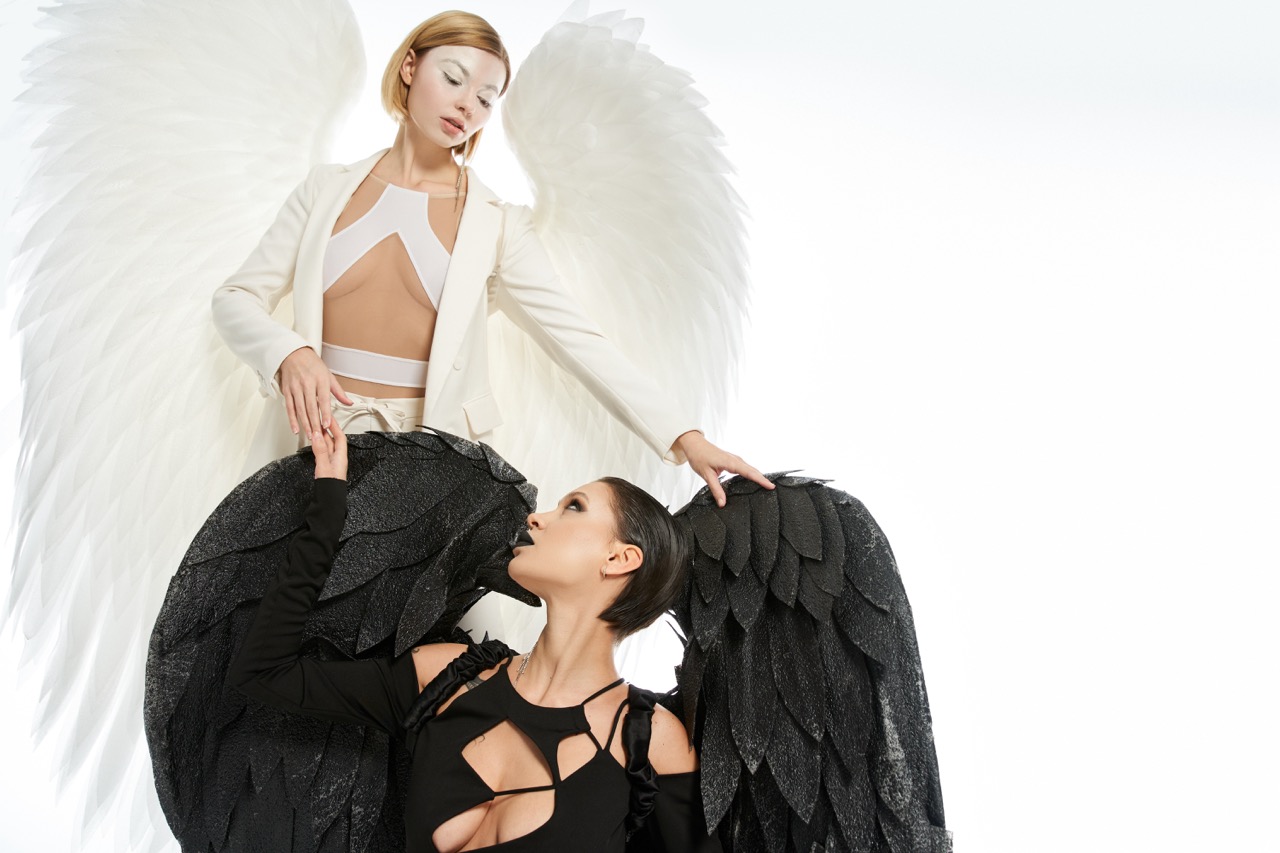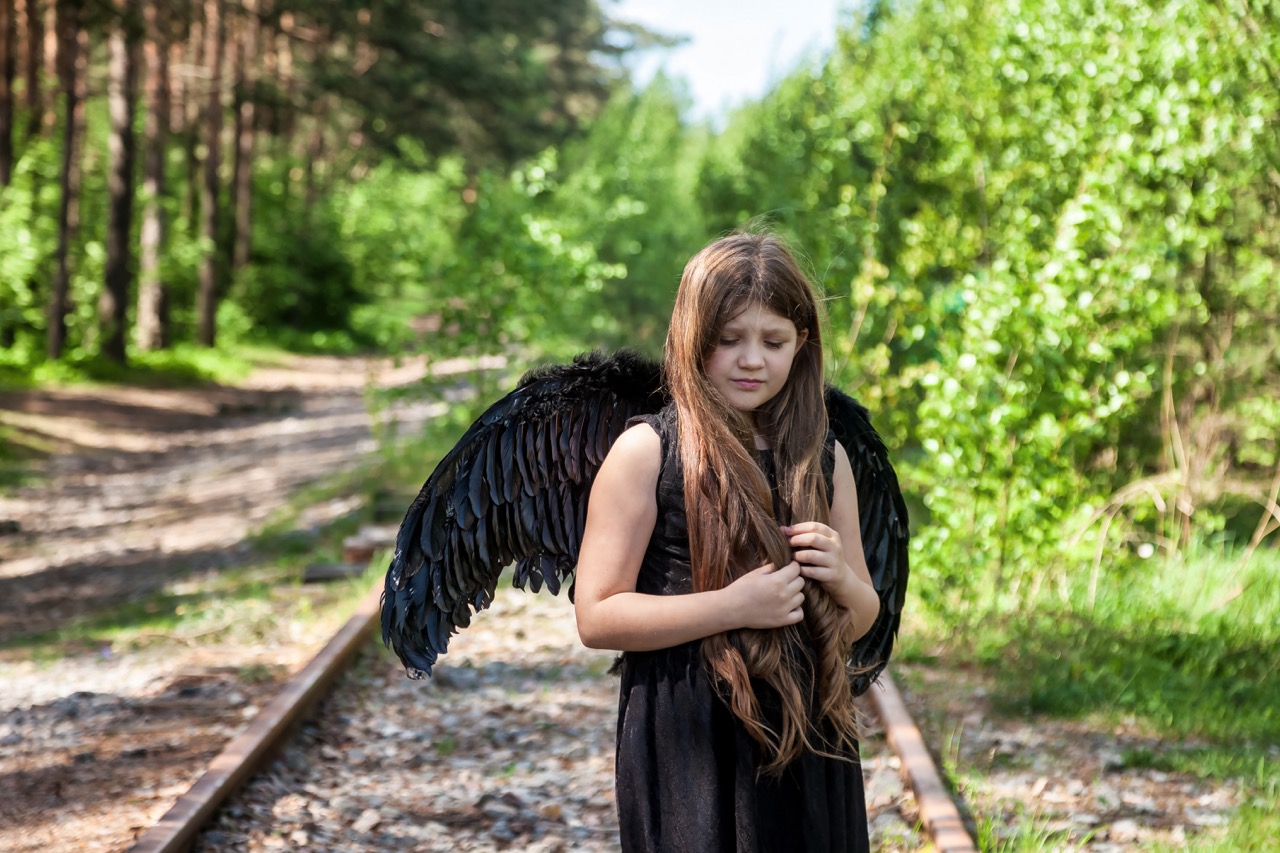Dance is an art form that transcends the barriers of language and culture, creating a global dialogue that resonates with the human experience. From the traditional folk dances of remote villages to contemporary street styles in bustling urban centers, the myriad forms of dance reflect societal values, historical narratives, and deep-seated emotions. As a universal expression of humanity, dance possesses the unique ability to bridge divides, communicate intricate feelings, and forge connections among people from diverse backgrounds. This article will explore how dance serves as a global language, conveys emotions beyond verbal communication, unites varied cultural traditions, and acts as a transformative force in our increasingly interconnected world.
The Universal Rhythm: Dance as a Global Language
At its core, dance operates on a universal rhythm that speaks to the heart of human connection. Regardless of where one is from, the act of moving to a beat can evoke a sense of community and belonging. When people gather to dance, they often share a collective experience that transcends spoken words. This is evident in festivals, celebrations, and even spontaneous gatherings where the rhythm unites individuals, creating an unspoken understanding that speaks volumes. The heartbeat of music becomes the pulse of camaraderie, reinforcing the idea that, in movement, we find a shared humanity.
The inherent ability of dance to communicate broad concepts—joy, sorrow, celebration, and mourning—further establishes its role as a global language. For instance, traditional dances from different cultures, though diverse in style and form, often portray similar themes of love, loss, or community. These shared narratives highlight the common threads woven into the fabric of human existence, reminding us of our interconnectedness. As dancers express these universal themes, they invite observers into their world, fostering empathy and understanding across cultural divides.
Moreover, as globalization continues to evolve, the fusion of dance styles from various cultures has become increasingly prevalent. Contemporary dance reflects this blend, showcasing influences from ballet, hip-hop, traditional folk dances, and more. This amalgamation creates a rich tapestry that not only elevates dance as a global language but also encourages the cross-pollination of ideas and expressions. As people engage with these diverse styles, they contribute to a collective language that fosters dialogue and broadens perspectives, proving that through rhythm and movement, we can communicate beyond words.
Movement Beyond Words: Emotions Expressed Through Dance
Dance serves as an emotional outlet that articulates sentiments often difficult to express through language. Each movement, whether it be a graceful pirouette or an explosive leap, conveys a spectrum of feelings ranging from elation to despair. This non-verbal communication allows dancers to express their innermost thoughts and emotions in a way that resonates with audiences on a visceral level. The power of dance lies in its ability to evoke feelings that words may fail to encapsulate, creating a shared emotional experience that transcends linguistic barriers.
For many, dance acts as a form of therapy, providing a means to process complex emotions. Through movement, individuals can explore their feelings, confront personal struggles, and find solace in the rhythm. This therapeutic aspect is not only beneficial on a personal level but also serves to foster connection among participants, who may feel similar emotions through their shared experience. In this way, dance becomes a communal journey of exploration and healing, allowing individuals to navigate their emotional landscapes together, united by a shared language of movement.
Additionally, choreographers often draw inspiration from personal narratives or societal issues, embedding layers of meaning within their works. When audiences witness these performances, they engage with the dancers’ stories, connecting deeply with the emotions conveyed through movement. This shared experience can inspire conversations about mental health, cultural identity, and social justice, highlighting how dance transcends mere entertainment to become a catalyst for dialogue. As emotions are expressed through dance, they resonate within us, forging connections that outlast the performance itself.
Cultural Mosaic: How Dance Unites Diverse Traditions
Dance is a vibrant reflection of cultural identity, with each style carrying the weight of history, tradition, and narratives unique to its origin. While these diverse forms may appear distinct on the surface, they often share common roots in their functions—celebration, storytelling, and community bonding. Festivals around the world showcase traditional dances that celebrate local heritage, affirming cultural pride and continuity. Through these performances, communities pass down stories and values, ensuring that the essence of their culture is preserved for future generations.
Moreover, the act of participating in dances from other cultures fosters a sense of unity among disparate groups. When individuals engage in cultural exchange through dance, they experience a form of cross-cultural dialogue that enriches their understanding of one another. This interaction often leads to the dismantling of stereotypes and prejudices, as participants come to appreciate the depth and beauty of traditions that differ from their own. As dancers share their movements and stories, they weave a cultural tapestry that celebrates diversity while highlighting the threads that connect us all.
Additionally, the globalization of dance has led to the emergence of hybrid forms that blend elements from various traditions. Dance styles like salsa, tango, and Bollywood fusion exemplify how cultural interactions can create new expressions that honor their roots while inviting fresh interpretations. These hybrids not only reflect the richness of cultural exchange but also underscore the idea that dance serves as a living, evolving art form. In this way, dance acts as an ambassador of culture, fostering understanding and appreciation across borders, and ultimately uniting people through shared experiences of movement.
Bridging Borders: The Transformative Power of Dance
Dance possesses an extraordinary capacity to transcend physical and ideological borders, enabling people to come together in ways that other forms of communication may not facilitate. Initiatives and organizations dedicated to dance often focus on using movement as a tool for peace and reconciliation in regions affected by conflict. Through workshops and performances, participants from opposing sides engage in a shared creative process that fosters dialogue and understanding. In these moments, dance becomes a bridge, allowing individuals to connect on a human level, transcending the divisions that may exist between them.
The transformative power of dance is also evident in its ability to empower marginalized communities. By showcasing their cultural expressions, these groups can reclaim their narratives and assert their identities in a world that often seeks to silence them. Dance offers a platform for voices to be heard, stories to be told, and experiences to be validated. This empowerment not only uplifts individuals but also fosters community solidarity, as participants unite through their shared passion for movement and expression.
Furthermore, the influence of dance spreads beyond individual experiences, shaping social movements and advocating for change. Throughout history, dance has played a pivotal role in protests and social justice campaigns, serving as a form of resistance against oppression. Movements like the Harlem Renaissance and various civil rights demonstrations utilized dance to assert cultural identity and demand justice. In this way, dance becomes a powerful agent of change, illustrating its ability to not only unite people across borders but also inspire action and foster a more equitable world.
In a world increasingly defined by its differences, dance remains a potent reminder of our shared humanity. As a universal language, it speaks to our emotions, cultural narratives, and collective experiences, enabling us to connect across language and geographic divides. By celebrating the rich tapestry of human expression through dance, we not only honor diverse traditions but also cultivate empathy, understanding, and unity. As we continue to navigate an evolving global landscape, the transformative power of dance will undoubtedly play a vital role in bridging gaps, fostering connections, and inspiring change for generations to come.








